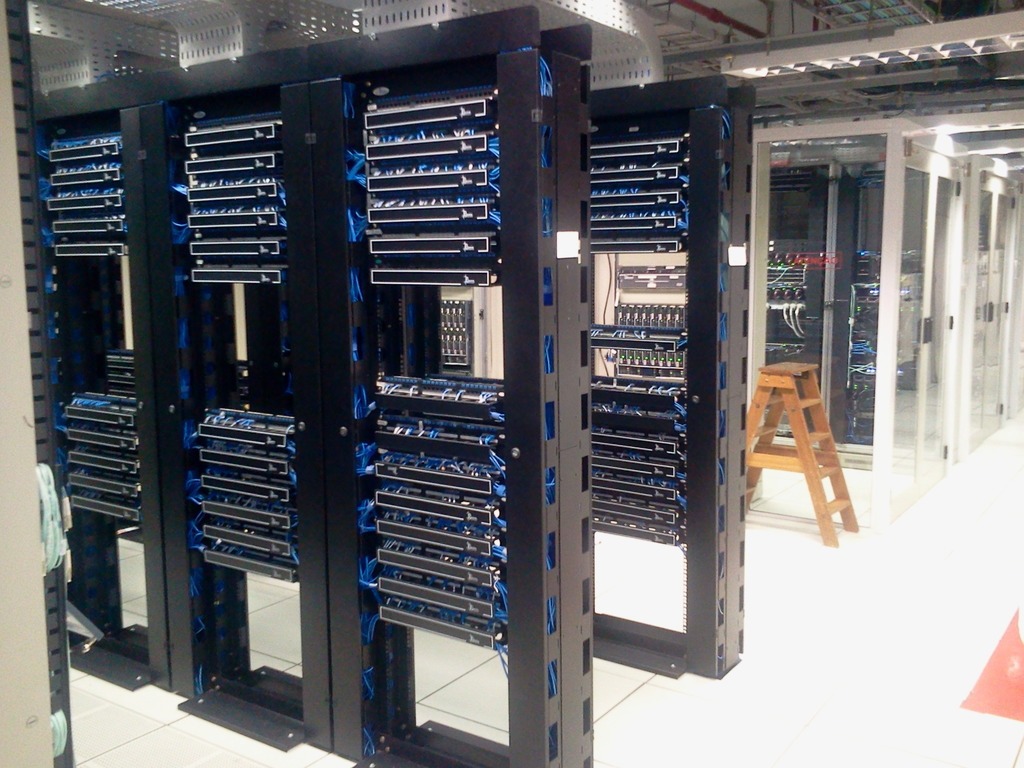SURF announced last week that a new supercomputer would take off by mid-2021. TU Delft follows closely in SURF’s footsteps. “This will drastically change our research.”
Illustration of supercomputer in the making (Source: pxhere.com)
SURFsara — a division of the SURF cooperative that provides supercomputers and data storage services — wrapped up the tendering process on 1 February 2021. Still unnamed, this new supercomputer will possess up to eight or ten times greater computing power than Cartesius, its predecessor, yet still retain the same size as the old one. The funds came from the Ministry of Education, Culture and Science – through the Dutch Research Council (NWO) – for 18 million euros and from SURF for 2 million euros.
In parallel, TU Delft has also planned to obtain a supercomputer. Frans Broos — the IT manager of the EEMCS and TPM Faculties — has been involved in the Delft High Performance Computing Centre (DHPC) since it started in March 2017. Headed by Prof. Kees Vuik — Professor of Numerical Analysis at EEMCS Faculty — the tendering process is in the last phase.
SURFsara provides supercomputing services for universities and research institutions in the Netherlands. Supercomputers can process complex and holistic problems that regular computers are unable to perform, such as seismic data mapping or Earth’s climate modelling. SURFsara’s supercomputer can manage large research projects from these institutions. Still, according to Broos, it is not hassle-free for the researchers.
“To use the SURFsara service, scientists first have to write a paper, mostly to NWO,” explains Broos. NWO will then review the paper to determine whether the resource — manifested as computing time — is granted or not. That can take two or three months. The review process is absolute, given that SURFsara is a national resource. Broos adds that “Migrating large datasets — of up to tens or hundreds of terabytes — from the university cluster to the SURF environment also takes a great deal of time. On top of that, these datasets might be intellectual property or highly private.” If, in the meantime, there would be a local supercomputer for TU Delft researchers, they could send a request that could be authorised within days.
In Europe, high-performance computing facilities are categorised into three tiers: tier-0 for European, tier-1 for national, and tier-2 for regional scale. SURFsara is classified as tier-1, and its new supercomputer’s performance will scale up to the level of tier-0 supercomputers. On the same principle, TU Delft’s supercomputer — which belongs to tier-2 — could plausibly scale up to tier-1 capacity. “This new development and environment mean that the way we do research will drastically change,” says Broos enthusiastically.
Broos does not expect TU Delft researchers to completely leave SURFsara’s service when the DHPC is up and running. “If your project ends up so big that it needs more resources than TU Delft supercomputer can support, you can always scale up to SURFsara. But having a supercomputer at the university, simply offers lots of advantage.”
- We will share any further information about the DHPC project when the tendering process is successfully ended.
Rayan Suryadikara / Science Desk Intern



Comments are closed.